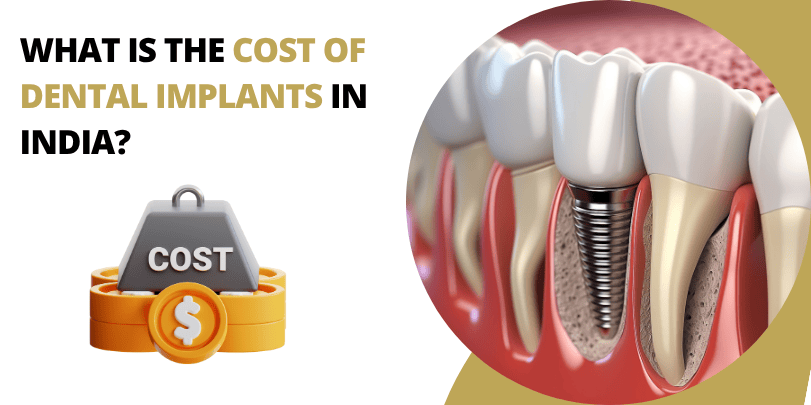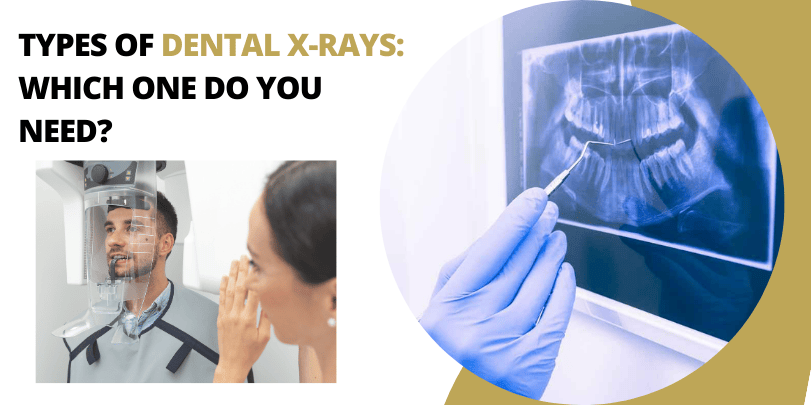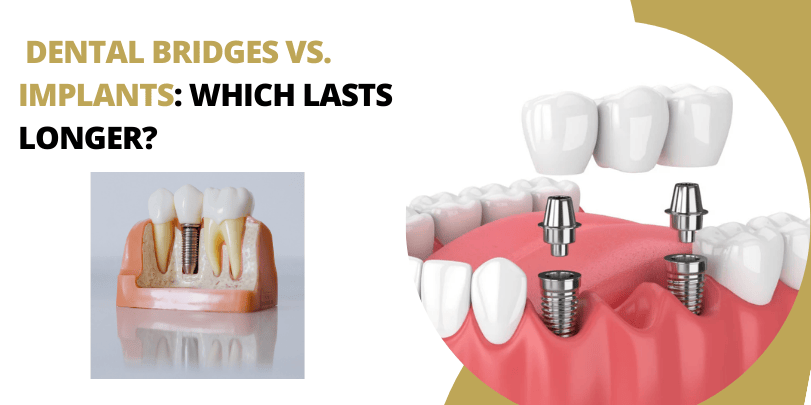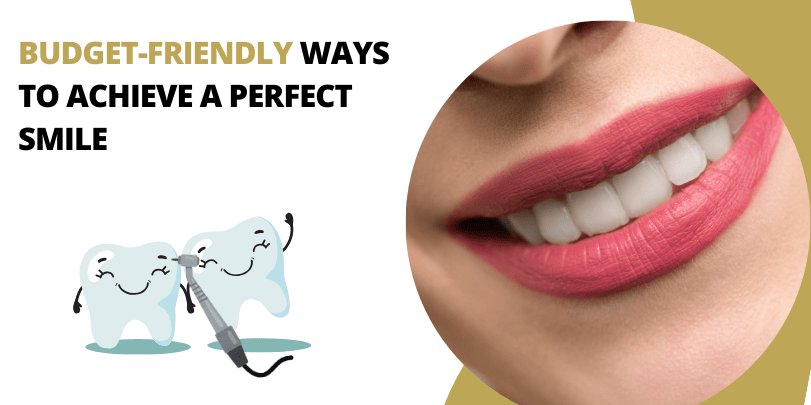A beautiful smile boosts confidence and leaves a lasting impression. However, achieving that perfect smile does not have to break the bank. Many cosmetic and restorative dental treatments can enhance the appearance of your teeth while fitting within different budgets.
This article explores various budget-friendly cosmetic dentistry options, including braces, clear aligners, veneers, and other procedures. We will also discuss how to choose the right cosmetic dentist, the advantages and disadvantages of cosmetic dentistry, and the different types of procedures available.
What is Cosmetic Dentistry?
Cosmetic dentistry focuses on improving the appearance of teeth, gums, and smiles. While traditional dentistry primarily addresses oral health issues like cavities and gum disease, cosmetic dentistry enhances the colour, shape, size, and alignment of teeth.
People seek cosmetic dentistry for various reasons, including:
- Whitening stained or discolored teeth
- Correcting chipped or cracked teeth
- Closing gaps between teeth
- Straightening misaligned teeth
- Replacing missing teeth
Some cosmetic treatments are expensive, but budget-friendly options are available for those who want a more confident smile without high costs.
Budget-Friendly Cosmetic Dentistry Options
1. Teeth Whitening
Teeth whitening is one of the most affordable ways to improve your smile. Over time, teeth become stained due to coffee, tea, smoking, and certain foods. Whitening treatments can remove these stains and restore brightness.
Options for teeth whitening:
- At-home whitening kits – More affordable than in-office treatments
- Whitening toothpaste and mouthwash – Budget-friendly but takes longer to show results
- Professional in-office whitening – Faster but more expensive than home kits
2. Dental Bonding
Dental bonding is an inexpensive cosmetic procedure that corrects chipped, stained, or misshapen teeth. A tooth-colored resin is applied and shaped to match your natural teeth.
Pros:
- Quick and painless
- Cheaper than veneers and crowns
- Can be completed in one dental visit
Cons:
- Not as durable as veneers or crowns
- May stain over time
3. Dental Contouring
Also known as enamel shaping, this procedure smooths minor imperfections like uneven teeth edges and small overlaps. It is cost-effective and provides instant results.
4. Braces and Clear Aligners
Straightening crooked teeth is often necessary for both health and appearance. Traditional braces and clear aligners help correct misalignment, but costs vary.
- Metal Braces – Most affordable but visible
- Ceramic Braces – Less noticeable than metal braces but more expensive
- Clear Aligners (like Invisalign) – Nearly invisible and removable but costly
For budget-friendly options, some dentists offer payment plans to make braces and aligners more affordable.
5. Snap-On Smiles
This is a removable dental appliance that covers imperfections in teeth. It is a cheaper alternative to veneers and crowns, providing an instantly improved smile without permanent alterations.
Also read- Know 7 Ways to Get a Picture-Perfect Smile!
What is Restorative Dentistry?
Restorative dentistry repairs damaged teeth and restores function while also improving aesthetics. Some common budget-friendly restorative options include:
1. Dental Fillings
Used to treat cavities and prevent further decay. Composite fillings match the natural tooth color and are a more aesthetic alternative to metal fillings.
2. Dental Crowns
A crown is a cap placed over a damaged or weak tooth to restore its shape and function. While porcelain crowns are expensive, metal and composite options can be more affordable.
3. Dentures and Bridges
For missing teeth, dentures and bridges are cost-effective alternatives to dental implants.
- Partial Dentures – Replace a few missing teeth
- Full Dentures – Replace all teeth
- Dental Bridges – A fixed option for replacing missing teeth without implants
Porcelain Veneers: Are They Budget-Friendly?
Porcelain veneers are thin, custom-made shells bonded to the front of teeth to improve their shape, size, and color. They are popular among celebrities but can be expensive.
Budget-friendly alternatives to porcelain veneers include:
- Composite veneers (cheaper but less durable)
- Dental bonding (affordable but requires maintenance)
- Snap-on veneers (removable and more affordable)
How to Choose a Cosmetic Dentist?
Selecting the right cosmetic dentist is crucial for achieving the best results. Consider the following factors:
1. Experience and Credentials
Look for a dentist with specialized training in cosmetic dentistry and years of experience in the field.
2. Before-and-After Photos
Check real patient photos to assess the dentist’s work quality.
3. Patient Reviews
Read online reviews and testimonials to learn about patient experiences.
4. Consultation and Treatment Plans
A good cosmetic dentist will offer a consultation to discuss options and customize a treatment plan based on your budget.
5. Cost and Financing Options
Some dentists offer payment plans or financing options to make cosmetic treatments more affordable.
Advantages of Cosmetic Dentistry
Cosmetic dentistry provides many benefits beyond aesthetics.
1. Improved Self-Confidence
A beautiful smile can boost confidence and improve social interactions.
2. Better Oral Health
Straight teeth are easier to clean, reducing the risk of cavities and gum disease.
3. Long-Lasting Results
Many procedures, such as veneers and dental implants, offer long-term improvements.
4. Improved Functionality
Correcting alignment issues and damaged teeth can improve chewing and speaking abilities.
5. Customization Options
Cosmetic procedures are tailored to individual needs, ensuring natural-looking results.
Disadvantages of Cosmetic Dentistry
Despite the benefits, there are some drawbacks to consider.
1. High Costs
Many procedures are expensive, though budget-friendly options are available.
2. Maintenance and Longevity
Some treatments require ongoing care and may not last a lifetime.
3. Sensitivity and Discomfort
Procedures like teeth whitening can cause temporary sensitivity.
4. Not Always Covered by Insurance
Cosmetic treatments are often considered elective, meaning insurance may not cover them.
5. Risk of Damage
Certain treatments, such as veneers and bonding, may chip or break over time.
Final Thoughts
Achieving a perfect smile does not always require expensive procedures. There are many budget-friendly options, including teeth whitening, dental bonding, clear aligners, and affordable restorative treatments. Before choosing any procedure, consult a cosmetic dentist to explore the best options for your needs and budget.
With the right approach, you can enhance your smile without spending a fortune. Prioritize good oral hygiene and regular dental visits to maintain your dental health and keep your smile looking its best for years to come.
Written by : DR. PUNEET KATHURIA B.D.S., M.D.S., F.I.C.O.I. (USA)
 Australia No
Australia No Canada No
Canada No India Toll Free No
India Toll Free No UK No
UK No USA No
USA No

















